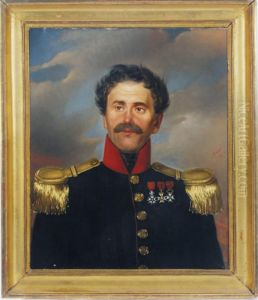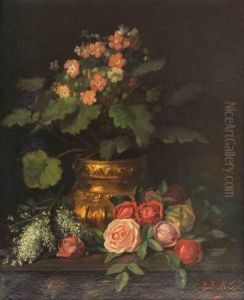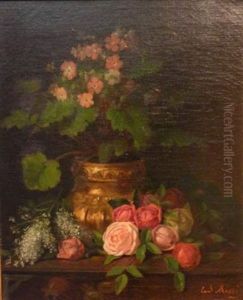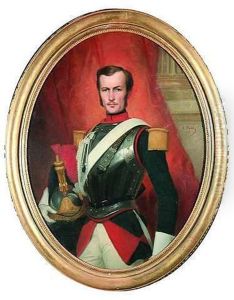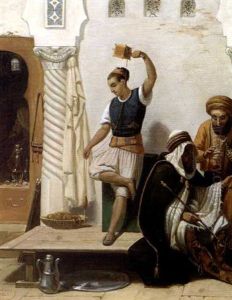Emmanuel Auguste Masse Paintings
Emmanuel Auguste Masse, a French artist born in 1852 and deceased in 1913, was a notable figure in the world of art during the late 19th and early 20th centuries. Masse was recognized for his expertise in engraving and painting. Although not as widely known as some of his contemporaries, Masse contributed significantly to the French art scene of his time.
Emmanuel Auguste Masse's early life and educational background remain relatively obscure, but it is known that he was active in Paris, which was the epicenter of the art world in the 19th century. Like many artists of the period, Masse would have been exposed to various art movements such as Realism, Impressionism, and Post-Impressionism, which were influential in shaping the direction of his artistic expression.
Masse's work was characterized by detailed engravings and paintings that often depicted landscapes, portraits, and everyday scenes. His style could be described as academic, with a tendency towards realism. He was skilled in capturing the essence of his subjects with precision and attention to light and shadow. His engravings, in particular, showcased his ability to create intricate and delicate lines, a testament to his technical prowess.
During his lifetime, Emmanuel Auguste Masse would have participated in the Salon, the official art exhibition of the Académie des Beaux-Arts in Paris. The Salon was the most prestigious art event in France and was a platform for artists to gain recognition and sell their work. Although records of his specific exhibitions and awards are not well-documented, participating in the Salon would have been a significant achievement and an indication of his acceptance by the artistic establishment of the time.
Masse's influence may not have extended far beyond his era, as he did not become a household name like some of his peers. His death in 1913 marked the end of a career that spanned a period of great change in the art world, with the advent of Modernism and the shifting of artistic centers from Paris to other parts of Europe and America. Despite this, Emmanuel Auguste Masse's work remains a testament to the rich artistic traditions of his time and provides insight into the historical context and artistic practices of the late 19th and early 20th centuries.
